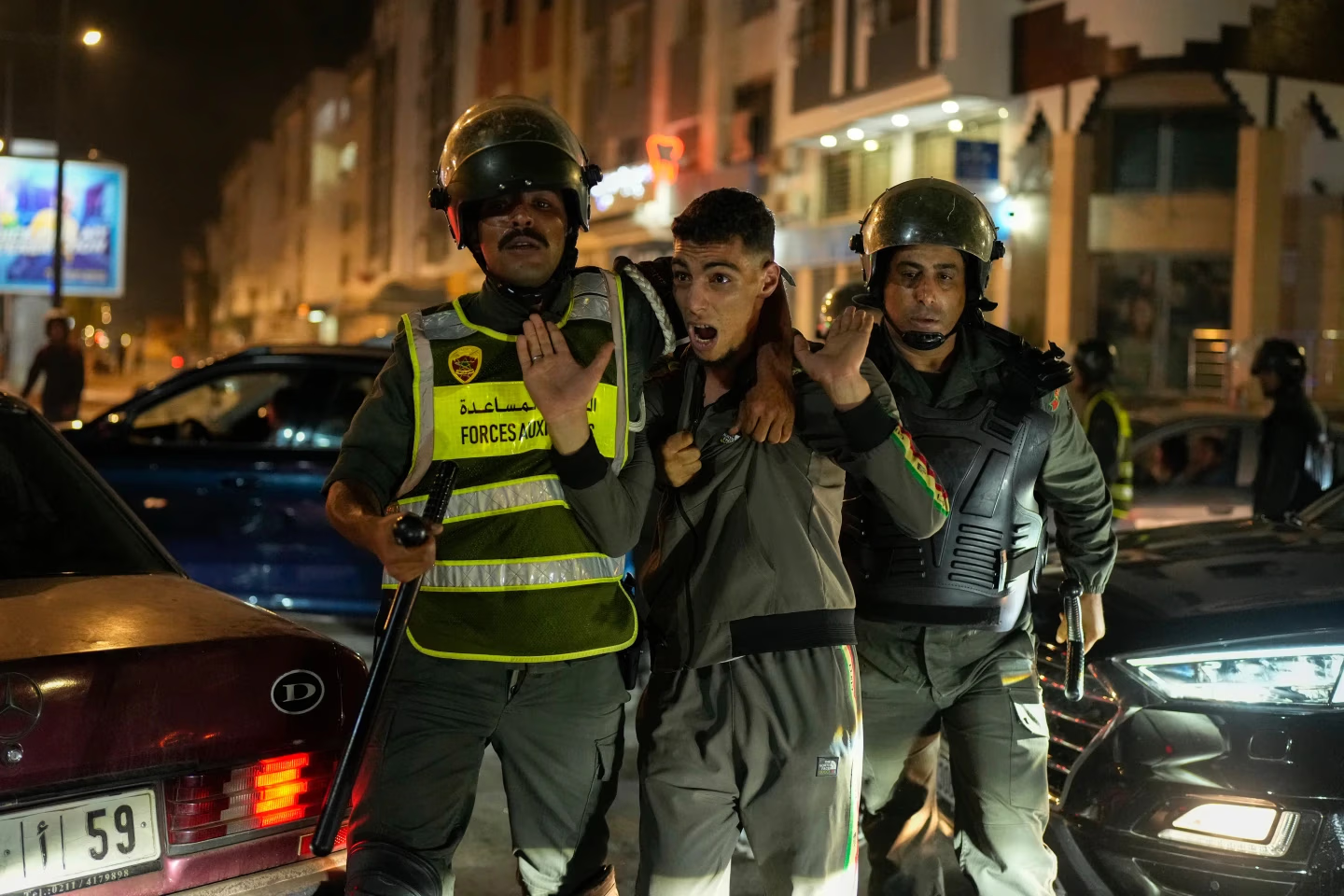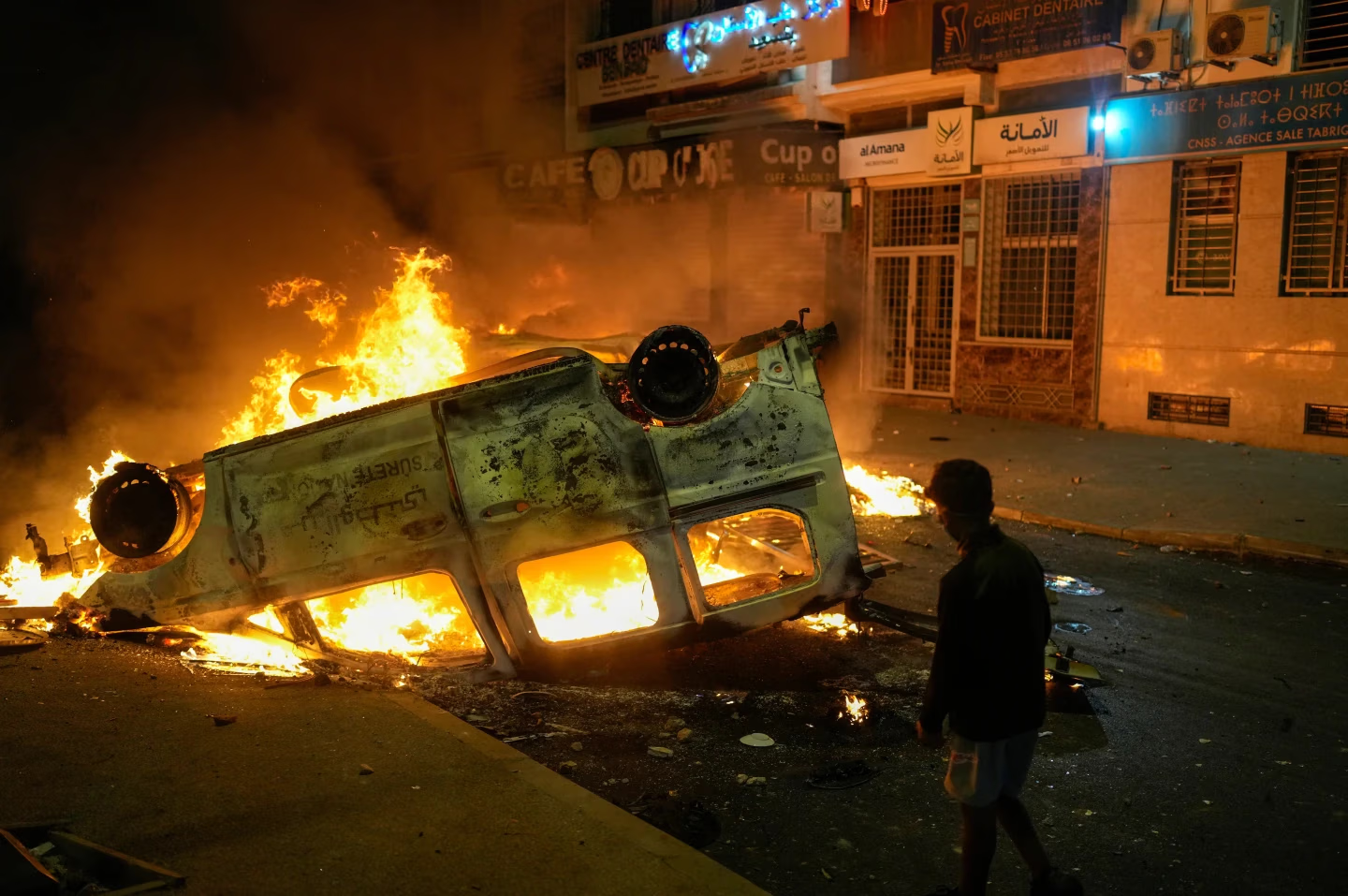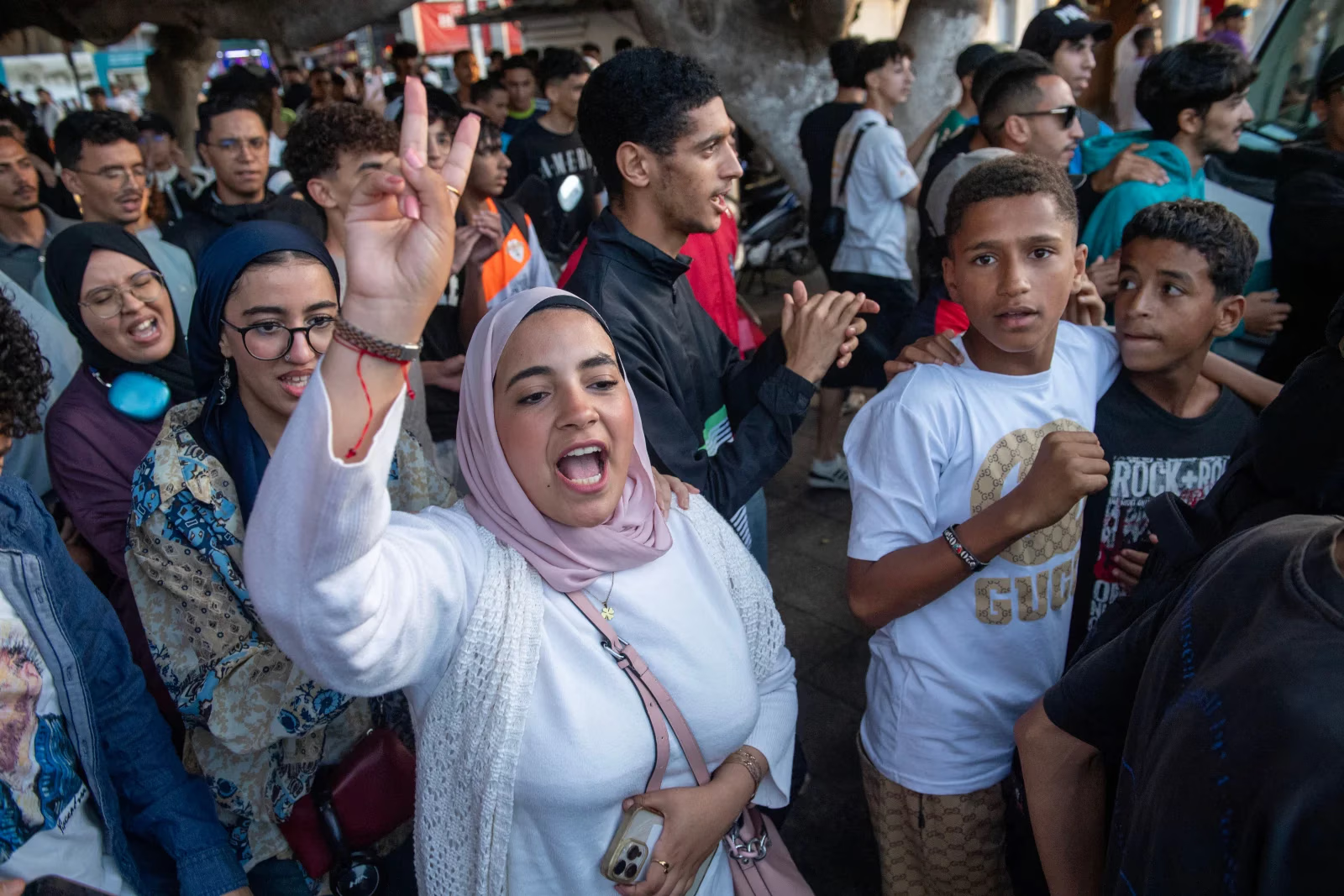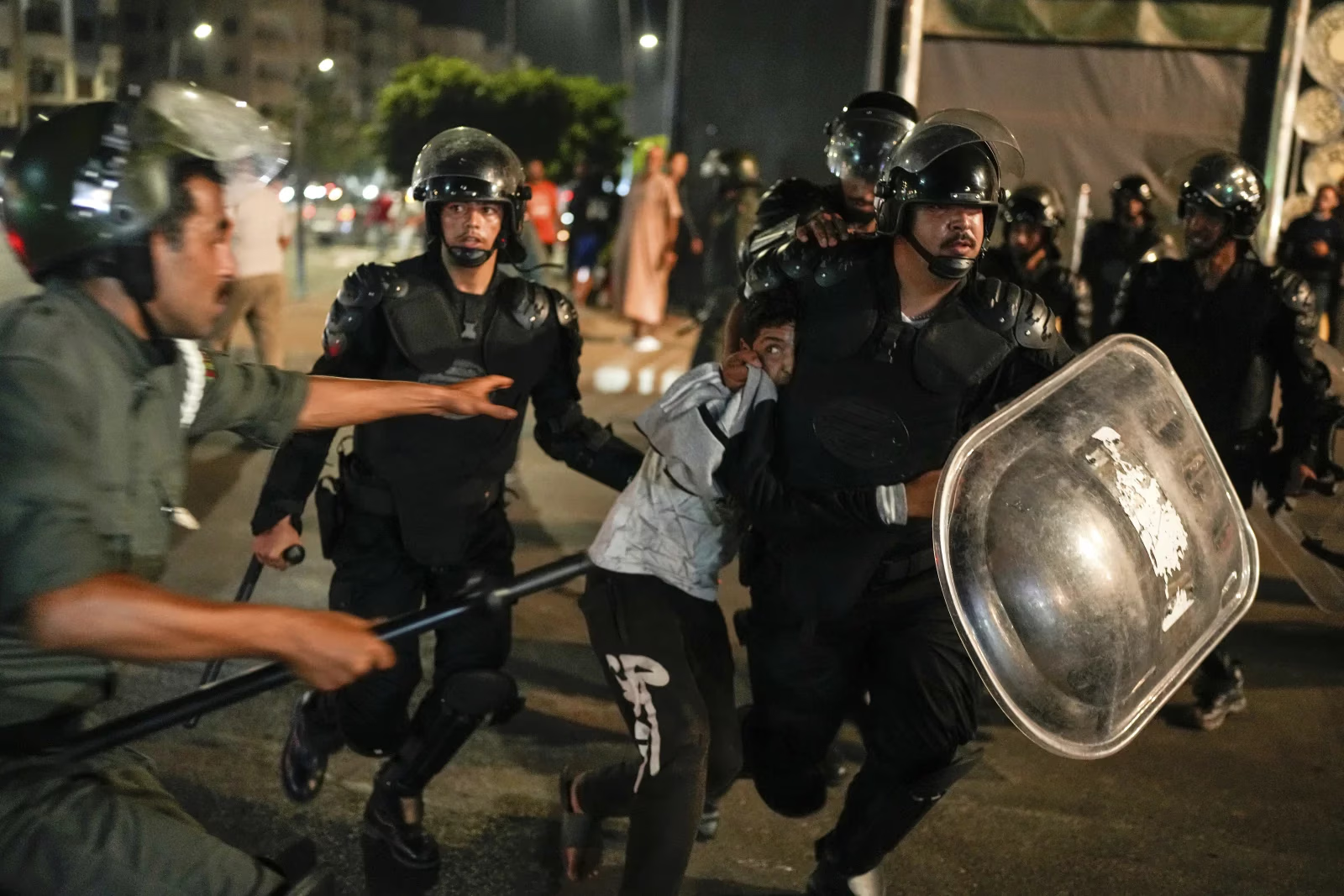Anti-government demonstrations in Morocco have continued for five consecutive days. On Wednesday, protests over the state of public services escalated into violence, leaving people dead. In one southern city, police opened fire on demonstrators, saying they acted in self-defense. Two people were killed.
The tragedy took place in the city of Leklia, about 500 kilometers south of the capital Rabat. These are the first fatalities in the current wave of unrest, which has swept the country amid grievances over the quality of public services and state spending.
State news agency MAP, citing local authorities, reported that the dead were “ringleaders” who allegedly tried to seize police weapons. This version has not been independently confirmed, and no further details were provided.
The protests, which erupted spontaneously without official leadership, have become the largest in years. Their core is made up of young people, active online. By midweek, demonstrations had spread to new cities despite lacking permits.
Participants in what has been dubbed “Generation Z protests” accuse the authorities of corruption and point to an imbalance: billions are being spent on preparations for the 2030 FIFA World Cup while many schools and hospitals remain in dire condition.
By Wednesday evening, however, protest chants gave way to unrest. Following a wave of mass arrests in more than a dozen cities, some areas saw arson and rioting.

In Sale, a poor suburb of the capital, an Associated Press correspondent witnessed hundreds of masked youths—mostly teenagers—setting fire to cars, banks, and shops, smashing windows, and looting. Police did not intervene.
The riots erupted despite appeals for restraint. Authorities, both ruling and opposition parties, as well as the organizers themselves, had warned of the risk of violence. In a statement released Wednesday on Discord, the Gen Z 212 movement stressed the importance of keeping the protests peaceful and denounced what it called “repressive security measures.”
“The right to health, education, and a dignified life is not an empty slogan but a serious demand,” they declared.
Protests Spread to New Cities and Escalate into Street Clashes
By the start of the week, the protests in Morocco had intensified and become more destructive, particularly in towns excluded from major development programs. According to local media and eyewitnesses, on Tuesday in several eastern and southern localities—including Inzegane and Aït Amira—demonstrators hurled stones at police and set cars on fire.
In Oujda, the largest city in eastern Morocco, a police vehicle plowed into a crowd of protesters, injuring one person, according to local human rights groups and the state news agency MAP.

The Interior Ministry issued its first official statement since the protests began on Saturday. It stressed that the demonstrations were organized anonymously, held without authorization, and therefore suppressed in accordance with the law. The ministry also noted that offenders would be punished “strictly and decisively.” According to its data, 409 people have been detained.
Authorities also reported losses among law enforcement: 263 officers injured and 142 police vehicles damaged. In addition, 20 private cars were smashed and 23 civilians injured during the unrest.
Arrested Teenagers Face Trial as Rights Groups Urge Dialogue with Protesters
The local branch of the Moroccan Association for Human Rights (AMDH) in Oujda reported that 37 protesters detained in the city, including six minors, are due to stand trial on Wednesday.
According to AMDH, the total number of detainees has surpassed one thousand. Many arrests were broadcast by local media, some occurring live on air as plainclothes officers led protesters away.
“As the protests continue, we urge the authorities to engage in dialogue with young people voicing legitimate demands for their social, economic, and cultural rights, and to address their concerns about corruption,” Amnesty International’s regional office said on Tuesday.

Moroccans Outraged by Costly Stadiums and Crumbling Hospitals
The “Generation Z protests” echo recent outbursts of discontent in Nepal and Madagascar. In Morocco they have become the largest anti-government demonstrations in years: anger over the state of hospitals and schools has turned into accusations that the authorities have distorted budget priorities.
Pointing to new and renovated stadiums, protesters chant: “We have stadiums, but where are the hospitals?” accusing the government of systemic corruption at the expense of ordinary citizens. Outrage deepened after the deaths of eight women in a public hospital in Agadir—a tragedy that became a symbol of the healthcare system’s crisis.
Amid preparations to host the Africa Cup of Nations this year and with parliamentary elections in 2026 approaching, the protests have exposed entrenched social imbalances. Despite rapid economic growth on some indicators, many Moroccans feel injustice: regional disparities, underfunded public services, and a lack of opportunities—especially for the young—fuel frustration.
The movement first took shape on TikTok and Discord, popular among teenagers and gamers, and gained fresh momentum on social media after the mass arrests. Among those who voiced solidarity publicly were Morocco’s star goalkeeper Yassine Bounou and the country’s best-known rapper, El Grande Toto.
Authorities deny that preparations for the World Cup have crowded out infrastructure spending. They argue that the problems in healthcare were inherited by the current cabinet. In parliament, the ruling coalition announced a Thursday session chaired by Prime Minister Aziz Akhannouch to discuss reforms of the health and hospital system.
